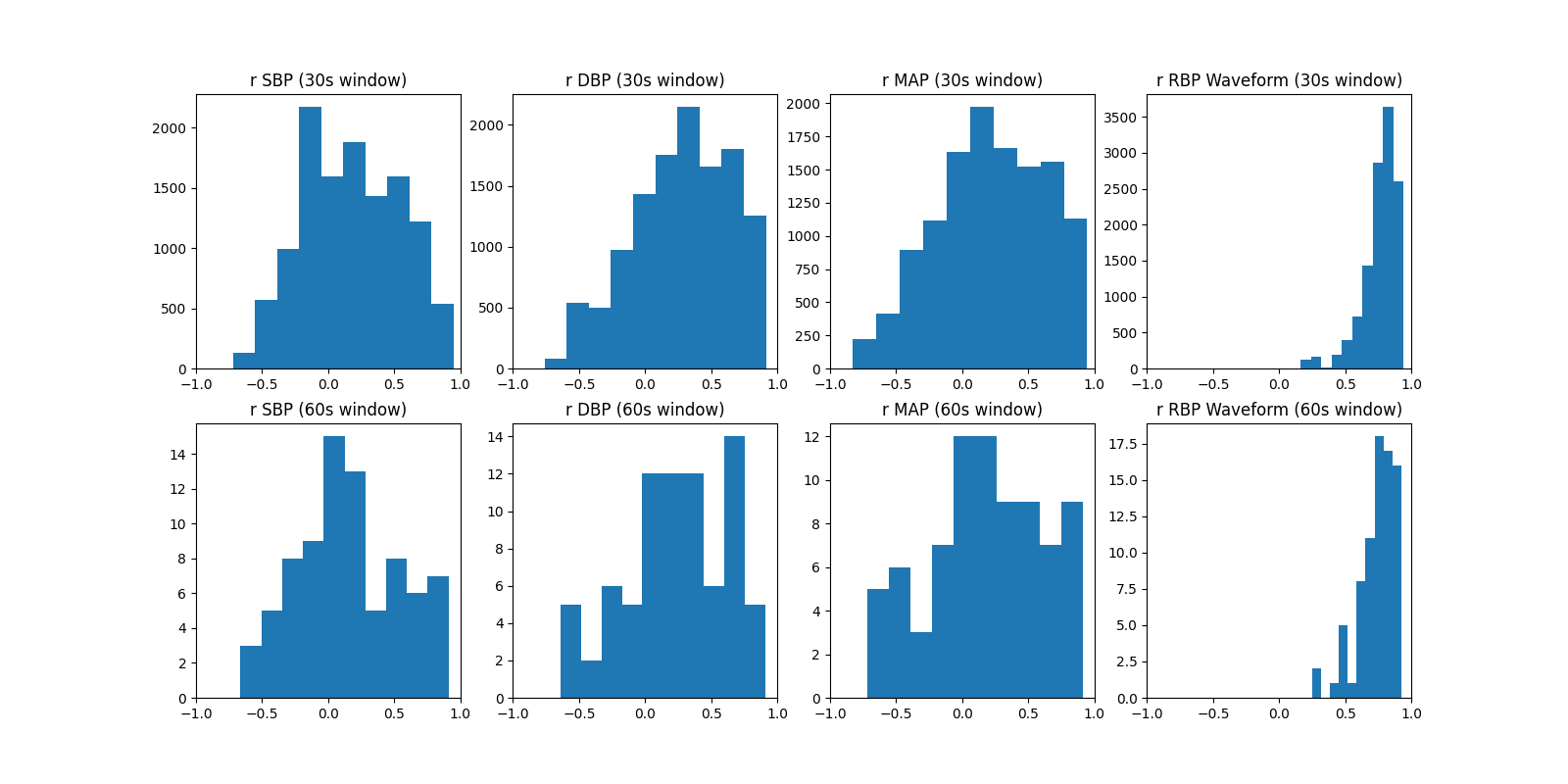Basic info:
Presage vitals by video analysis generates real time measures of relative blood pressure, hereto referred as phasic, metrics from a video clip containing a subject’s face and chest. The phasic signal is the trend in blood pressure changes of the subject over time, and does not belong to an absolute scale to be interpreted outside of comparing different points in time for a single video. An API has also been developed to allow users easy access to compute these metrics for commercial and scientific applications.
Organization developing model: Presage Technologies
Model date: 20251101t122229
Model version: 2.0.3
Model type:The arterial waveform is extracted from video frames by first detecting the user’s face with MediaPipe BlazeFace, then applying proprietary image processing, neural networks, and signal processing to infer the waveform over time. The resulting arterial waveform contains relative measures of systolic (peaks), diastolic (troughs) and mean absolute blood pressure.
License: The algorithm is currently proprietary, and licenses are granted with predefined agreement.
Where to send questions: Questions can be sent to: support@presagetech.com
